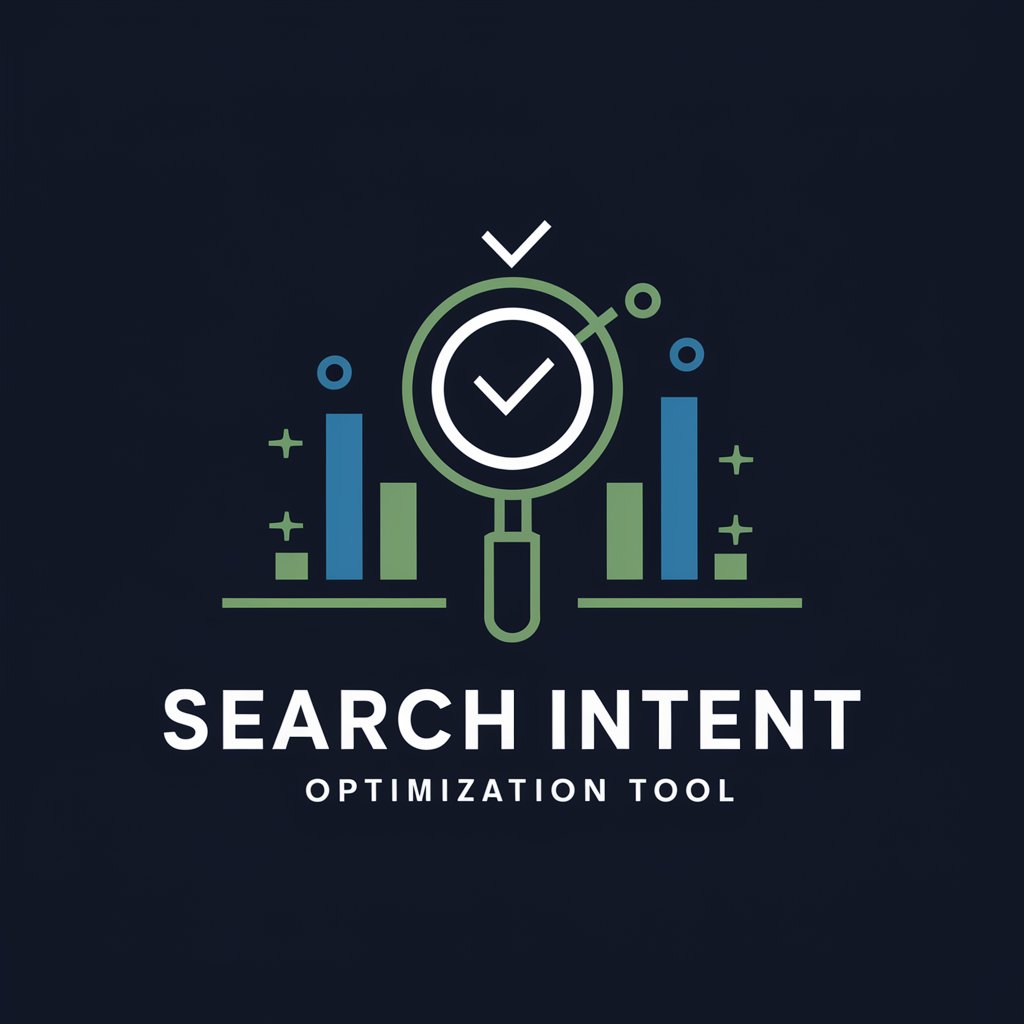学校心臓健診ガイドライン2016 - School Heart Health Management

Welcome! Let's discuss the 2016 school heart screening guidelines.
AI-powered heart disease detection and management in schools.
How does the 2016 guideline address the history of school heart screenings?
What are the key components of the school heart screening system according to the 2016 guideline?
Can you explain the significance of non-invasive tests in school heart screenings?
What measures are recommended for preventing sudden cardiac death in students?
Get Embed Code
Introduction to 学校心臓健診ガイドライン2016
The 2016 Guidelines for Heart Disease Screening in Schools, developed by the collaboration between the Japanese Circulation Society and the Japanese Pediatric Cardiology Society, represent a unique and comprehensive approach to cardiac screening in the educational setting. This system, unparalleled globally, has been built through collaboration with the Ministry of Education, Culture, Sports, Science and Technology, and the Ministry of Health, Labour and Welfare, aiming to prevent sudden death among students by early detection of heart diseases, ensuring proper management and treatment, and improving the Quality of Life (QOL) for students with heart conditions. Powered by ChatGPT-4o。

Main Functions of 学校心臓健診ガイドライン2016
Early detection of heart diseases
Example
Identifying conditions like arrhythmias or congenital heart diseases through systematic screening
Scenario
During annual health checkups, students undergo electrocardiogram (ECG) tests to screen for potential heart issues.
Prevention of sudden death in students
Example
Implementing early intervention strategies for students diagnosed with high-risk conditions
Scenario
Upon identifying a student with a potentially life-threatening heart condition, immediate referral to a specialist and appropriate management plans are initiated.
Health education regarding heart diseases
Example
Educating students, parents, and school staff on the importance of heart health and the potential risks of heart diseases
Scenario
Health education sessions are held to disseminate information on heart health, recognizing symptoms of heart diseases, and the importance of timely medical consultation.
Ideal Users of 学校心臓健診ガイドライン2016 Services
Students and parents
Benefit from early detection and management of heart conditions, ensuring a safer school environment.
School administrators and health staff
Use the guidelines to develop and implement effective heart disease screening programs and emergency response protocols.
Healthcare professionals
Cardiologists and pediatricians can refer to these guidelines when evaluating and managing heart conditions in children and adolescents.

How to Use the 2016 School Heart Screening Guidelines
Start with a Free Trial
Begin by visiting yeschat.ai for a hassle-free trial that requires no login or subscription to ChatGPT Plus.
Understand the Purpose
Familiarize yourself with the objectives of the guidelines, which aim to detect and manage heart diseases in schoolchildren effectively.
Implement Screening Procedures
Follow the outlined procedures for initial and subsequent screenings, ensuring accurate identification and management of potential heart conditions.
Utilize Diagnostic Tools
Make use of recommended diagnostic tools such as electrocardiograms (ECGs) and echocardiography as specified in the guidelines for thorough evaluation.
Engage with Healthcare Professionals
Collaborate with healthcare professionals for interpretations, further evaluations, and management plans for students identified with heart conditions.
Try other advanced and practical GPTs
TechPilot
Empowering Digital Transformation with AI Insight

GBBO GPT
Your AI-Powered Baking Companion

Probability Prover
Master Probability with AI-Powered Precision

Unofficial Elixir Bot
Empowering Elixir Development with AI

Search Intent Optimization Tool
AI-Powered Precision in Search Intent Matching

PESAGPT
Unlock insights into your finances with AI.

(自称)物知り博士
Unleash Your Imagination with AI

FormalGPT
Crafting Excellence in Professional Communication

WP secure guide
Empowering WordPress Security with AI Expertise

Just French It Tutor
Learn French effortlessly with AI

Ayuda WPO
Empowering WordPress Speed with AI

1 Ancient Scribe
Reviving Ancient Wisdom with AI

Q&A on the 2016 School Heart Screening Guidelines
What is the primary goal of the 2016 School Heart Screening Guidelines?
The primary goal is to detect heart diseases in schoolchildren early, to prevent sudden cardiac death, and to manage known heart conditions effectively within the school environment.
How are children screened under these guidelines?
Children are screened using a two-tiered approach: initial screenings with questionnaires and physical exams, followed by further evaluations like ECGs and echocardiography for those identified at risk.
What role do parents play in the screening process?
Parents provide essential health information through questionnaires, which helps in identifying students who may require further cardiac evaluation.
How are ECG readings interpreted under the guidelines?
ECG readings are interpreted by healthcare professionals with expertise in pediatric cardiology to ensure accurate diagnosis and management of heart conditions.
What steps are taken if a student is identified with a heart condition?
If a heart condition is identified, a detailed management plan is developed, which may include referral to a specialist, modification of physical activity, and specific treatment plans.
